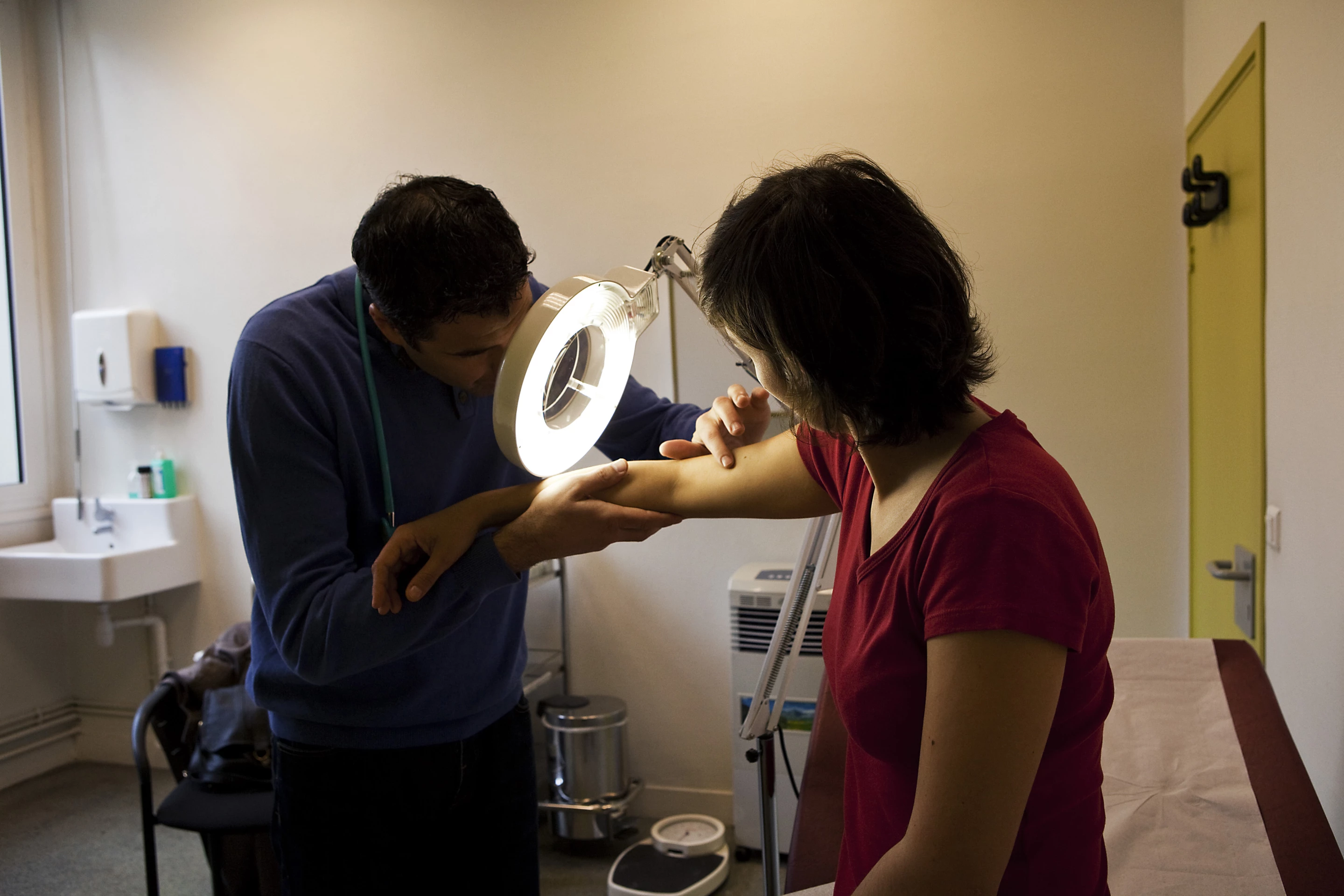A team of researchers from the Stevens Institute of Technology has demonstrated the effectiveness of a new kind of non-invasive skin cancer detection tool. Preliminary tests have found the technology to be 97 percent effective at detecting cancerous tissue and the researchers are now working to miniaturize the system into a low-cost handheld device.
The new system leverages a technology called high-resolution millimeter-wave imaging. The technology is similar to the scanning systems used for whole-body security imaging in airports.
Prior work from the Stevens research team demonstrated high-resolution millimeter-wave imaging could effectively be used to spot cancerous tissue as the waves generated by the imaging device were found to reflect back from skin differently when encountering cancer tissue.
While these previous studies were a useful proof-of-concept, they were only performed on tissue samples in lab conditions and not on living patients in real time. This new study demonstrated the system's ability to differentiate healthy tissue from cancerous tissue in human subjects. The study noted the device returns results in about 20 seconds.
The researchers recruited 71 patients with 136 suspicious skin lesions. Following assessment with new high-resolution millimeter-wave imaging device the lesions were biopsied.
The results revealed the novel imaging device to be incredibly accurate at identifying the benign lesions from the malignant ones. This preliminary test showed the system had 98 percent specificity (meaning two percent of its results were false positives) and 97 percent sensitivity (meaning it accurately detected all but three percent of malignant cancers).
Negar Tavassolian, a researcher working on the project, said their new system is not the first to use sophisticated imaging technology to automatically flag dangerous skin cancers. But those other tools are big, expensive, and require trained operators. This new technology is proposed to be engineered into a small, handheld device that can be used by doctors as part of a straightforward clinical checkup.
"We're creating a low-cost device that's as small and as easy to use as a cellphone, so we can bring advanced diagnostics within reach for everyone,” said Tavassolian. "That means doctors can integrate accurate diagnostics into routine checkups, and ultimately treat more patients.”
According to Tavassolian, only one out of every 30 skin cancer lesions currently biopsied turn out to be malignant. So this new device isn’t designed to replace biopsies but instead the goal is to avoid such a high volume of unnecessary biopsies by adding an extra tool to a doctor's diagnostic kit.
The current iteration of the device is far from portable but the researchers are confident handheld millimeter-wave diagnostic devices are possible. With a little more development Tavassolian predicts within a few years a handheld skin cancer detection device could be manufactured for under US$100.
"The path forward is clear, and we know what we need to do," added Tavassolian. "After this proof of concept, we need to miniaturize our technology, bring the price down, and bring it to the market."
The new finding were published in the journal Scientific Reports.
Source: Stevens Institute of Technology




